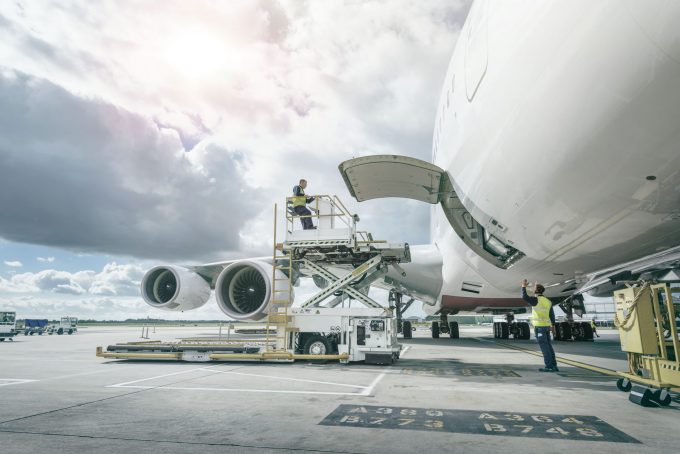Airfreight rates level out, but looming turbulence could see prices rise again
Airfreight rates on transpacific routes have flattened as an overshot of capacity eclipses demand, but ...
FDX: ABOUT USPS PRIVATISATIONFDX: CCO VIEWFDX: LOWER GUIDANCE FDX: DISRUPTING AIR FREIGHTFDX: FOCUS ON KEY VERTICALFDX: LTL OUTLOOKGXO: NEW LOW LINE: NEW LOW FDX: INDUSTRIAL WOESFDX: HEALTH CHECKFDX: TRADING UPDATEWMT: GREEN WOESFDX: FREIGHT BREAK-UPFDX: WAITING FOR THE SPINHON: BREAK-UP ALLUREDSV: BREACHING SUPPORTVW: BOLT-ON DEALAMZN: TOP PICK
FDX: ABOUT USPS PRIVATISATIONFDX: CCO VIEWFDX: LOWER GUIDANCE FDX: DISRUPTING AIR FREIGHTFDX: FOCUS ON KEY VERTICALFDX: LTL OUTLOOKGXO: NEW LOW LINE: NEW LOW FDX: INDUSTRIAL WOESFDX: HEALTH CHECKFDX: TRADING UPDATEWMT: GREEN WOESFDX: FREIGHT BREAK-UPFDX: WAITING FOR THE SPINHON: BREAK-UP ALLUREDSV: BREACHING SUPPORTVW: BOLT-ON DEALAMZN: TOP PICK

Early August has seen something of a boost for airfreight rates, with volumes also on the up. But in this air cargo round-up let us pause for a moment as ATSG announces declining second-quarter profits and revenues.
Starting with the upward trends, WorldACD’s week 31 figures showed strong demand – driven by e-commerce and ceaseless supply chain disruptions – had led to a year-on-year bump of 12% for both rates and volumes.
Digging a little deeper, rates for African exports fell 5% year on year, but the index noted the “other main global origin regions [were] holding firm or increasing slightly”, with Middle East/South Asia and Asia Pacific export rates up 56% and 22%, respectively.
In weeks 30 and 31, gains over the previous two-week period were non-existent, the index pointing to a 1% decline for rates and volumes – although they were still up 9% and 12%, respectively, on 2023.
Furthermore, WorldACD noted that, despite continuing civil logistical and political unrest – including the ouster of its prime minister – “air cargo tonnages from Bangladesh bounced back in week 31”.
It added: “After plunging the previous two weeks (28 and 29), tonnage from Bangladesh to Europe recovered in week 31 to the levels seen in weeks 25-28. These tonnage levels in recent weeks are still well below the levels flown in the equivalent weeks last year.
“Spot rates from Bangladesh to Europe rose even higher in week 31, to their highest level this year, $4.87kg, from already extremely elevated levels seen throughout 2024, as disruptions to air services and customs in the country added to an already-constrained capacity market.”
Looking at individual operators, freighter lessor and operator ATSG had a Q2 to forget, with a 7.7% shortfall in revenues (which hit $488.4m) for the three-month period, leading to a disastrous 80.5% dip in net earnings, to $7.4m.
That downward trend was reflected in its half-year figures, with revenues dropping 5.5%, from a little over $1bn last year to $974m for the six months to June, with net earnings down 72%, to $16m.
CEO Mike Berger said: “Our second-quarter results were affected by fewer block hours by our airlines and the scheduled return of Boeing 767-200 freighters since a year ago.
“We beat our internal expectations for the quarter, however, and are positioned for further improvement in the second half, particularly in the fourth quarter. We’re encouraged by the free cash flow we’re generating and again raised our full year guidance for adjusted Ebitda.”
And his bullish view was seemingly supported by a rush of demand since the end of June, ATSG having leased four aircraft.
Comment on this article